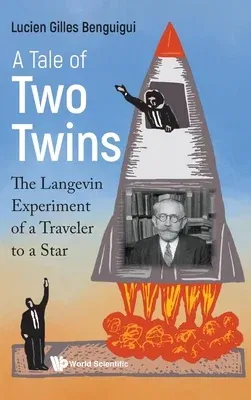The thought experiment proposed by Langevin in 1911, known under the
popular names, "Clock Paradox" or "Twin Paradox", is the most surprising
result of the theory of Relativity: A twin who travels to a star at
nearly the velocity of light comes back to Earth and finds his twin
brother much older. In over a century, several thousands of published
articles debated both in favor of and against this result. Unique to the
physics of Relativity, this baffling phenomenon is analyzed as a main
goal of this book.
Among an incredible number of solutions, is there one of simplicity and
clarity which may be accepted unanimously by all of the physics
community? The answer is yes and this solution, which has its origin in
Einstein himself, is developed in the framework of the Special Theory of
Relativity. In detailing this solution, it is shown that the essential
ingredient to understand the theory is the acceleration of the twins.
All the models which do not include acceleration are incompatible with
the original idea of Langevin. If one considers this phenomenon, several
questions come to mind. Why did physicists debate excessively on the
paradox and struggle to reach an agreement? Why was there resistance to
integrate acceleration into their studies? Why is the solution developed
in this book known only by a minority of scientists?
Written for physicists, historians and philosophers of science, this
book seeks to answer these questions based on (1) the psychological
difficulty to accept the theoretical results, and (2) the fact that
scientific knowledge is not uniformly distributed among scientists.

